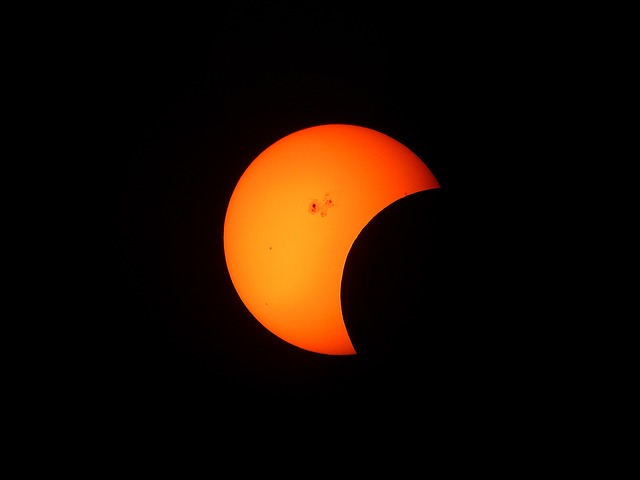
On the average, the Moon's shadow is not long enough to reach the Earth.
Hence,
annular eclipses are more frequent than
total
eclipses. However, when the Moon is close to the Earth, the shadow will
reach to the Earth's surface and we see a total eclipse.
| |
Maximum
miles (km) |
Minimum
miles (km) |
Mean
miles (km) |
| Moon's Distance from Earth |
252,710 (406,700) |
221,460 (356,400) |
238,900 (384,500) |
| Length of Moon's Shadow |
236,700 (381,000) |
226,800 (365,000) |
231,100 (372,000) |
Types of Solar Eclipses:
| Total |
26.9% |
| Annular |
33.2% |
| Annular/Total |
4.8% |
| Partial |
35.2% |